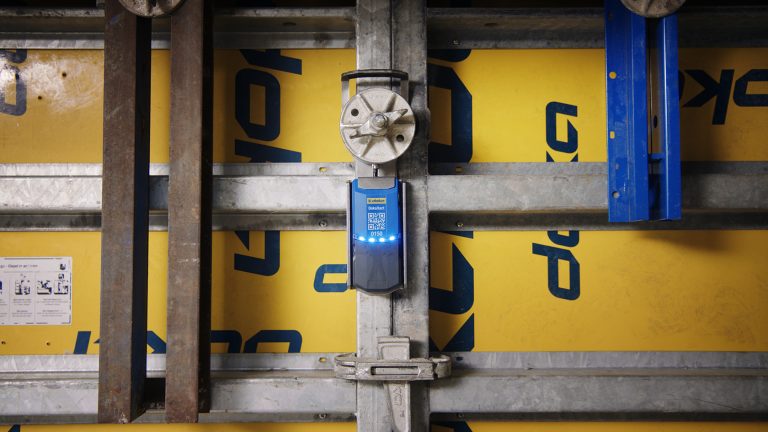Osprey Charging, one of the UK’s leading electric vehicle (EV) charging networks, has completed the freehold purchase of a two-acre plot at Twyford Services on the A46, near Evesham. This strategic acquisition will enable the development of a class-leading EV charging hub, with planning permission and grid connection for 16 300kW ultra-rapid chargers already secured. This new development is one of hundreds of EV charging hubs being built by Osprey Charging across the UK, supported by the company’s recent investment boost from Cube Infrastructure Management and Investec Bank. This cash injection will be integral to Osprey’s ambitious growth plans over the next two years. The purchase is the latest freehold acquisition from Osprey following the award-winning Salmon’s Leap hub in Devon, and the recent acquisition of a site in Paisley, Scotland. Further announcements are expected in 2024 as part of Osprey’s strategy of deploying high-power EV charging hubs on the UK’s strategic road network. Located at the Twyford Services, on the busy A46 linking Cheltenham, Evesham and Coventry, the site is an ideal location for an ultra-rapid charging hub that will serve both local residents and long-distance travellers, providing a much-needed boost to the region’s EV infrastructure. The site is already home to several well-known tenants, including Costa, KFC, Premier Inn, Beefeater Restaurant, and Texaco Petrol Station. These amenities will offer a range of options for EV drivers to enjoy while their vehicles are charging, making Twyford Services a convenient and attractive stopover. Ian Johnston, CEO of Osprey Charging, said: “Here at Osprey, we are continuing to ramp up our fast-paced roll-out of public EV chargers, and the acquisition of this two-acre site at Twyford Services is another great step forward for our network, and for the UK’s EV drivers. Purchasing freehold sites is an important strategy for us, offering greater flexibility and control over the design of the charging hub, ultimately making it more user-friendly for our customers. “With planning permission secured for 16 chargers to be installed at the hub, this acquisition will provide EV drivers with a high-quality and reliable charging solution in a key location on the UK’s road network. The 16 chargers at Twyford Services will be another successful example of our hub strategy, with 10 high-powered hubs already delivered this year alone, keeping us on track to hit our target of installing 30 hubs by year’s end.” As the UK moves closer to the 2030 ban on new petrol and diesel vehicles, the demand for reliable and accessible EV charging infrastructure continues to grow. Osprey Charging is committed to meeting this demand by providing state-of-the-art charging solutions that cater to all types of EVs and drivers, with over 80 sites expected to be built in 2024. Osprey delivered more rapid chargepoints than any other operator in 2023 and has already installed more than 200 chargepoints in 2024, consolidating its position as not just one of the largest, but one of the most trusted charging operators in the UK. In 2023, Osprey was crowned Chargepoint Operator of the Year at the Electric Vehicle Innovation & Excellence (EVIE) Awards 2023 and Zap Map Driver Recommended Network for Customer Satisfaction for the fourth year running. Osprey charging locations are consistently scored highly for safety and accessibility by independent inspection body ChargeSafe, and the network was once again rated in the UK Top 3 for customer satisfaction in 2023 by the annual Zapmap EV Driver Survey. Building, Design & Construction Magazine | The Choice of Industry Professionals








